Short engineered protein sequences have been used to initiate the simultaneous synthesis of two inorganic species in desired locations with nanoscale accuracy.
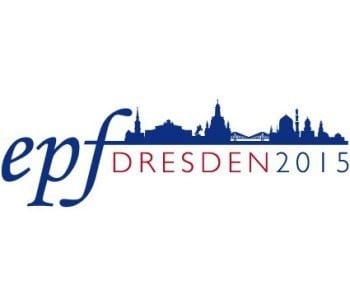
European Polymer Congress in Dresden
The next Congress of the European Polymer Federation (EPF) will be held in Dresden, Germany, from June 21 to 26, 2015. It is organized by the Leibniz-Institut für Polymerforschung Dresden e. V. (IPF) and the German Chemical Society (GDCh).
Instructing neural cell growth with synthetic hydrogels
Researchers have reported a multi-component hydrogel material that can be utilized to direct the fate of neural precursor cells in vitro.
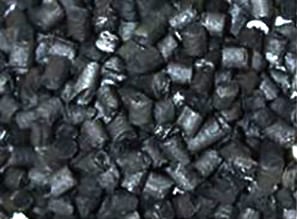
Processes optimisation and up-scaling for graphene delivery
The NanoMaster Project is reporting exciting results related to graphene and expanded graphite production and the development of novel nanocomposite intermediates.
Unique catalysts for hydrogen fuel cells synthesized
Researchers show how a unique nano-alloy composed of palladium nano-islands embedded in tungsten nanoparticles creates a new type of catalyst.
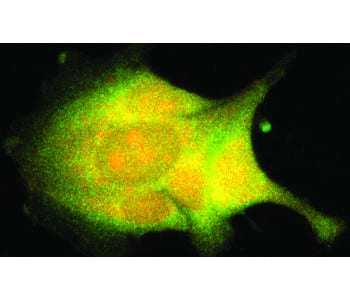
Targeting cancer cells with functionalised nanorods
Researchers have described composite nanorods that consist of long iron segments and short gold tips and can be functionalized with biomolecules of interest.
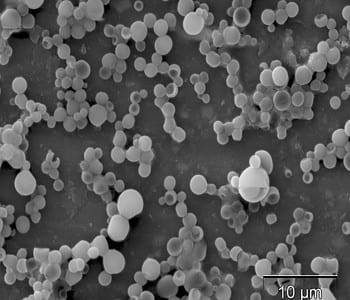
Cancer treatment based on PLGA microparticles
Researchers have developed a cancer imaging and therapy agent composed of PLGA microparticles encapsulating a perfluorocarbon liquid core.
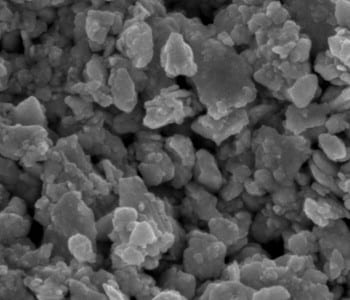
Radiation protection from tungsten nanotechnology
Korean researchers have developed lightweight commercial gamma radiation shielding based on tungsten/polyethylene nanocomposites.
Polymers to challenge silicon photodetectors
A Chinese research group has taken a molecular engineering approach to optimize the solubility and thin-film morphology of low-bandgap polymers.
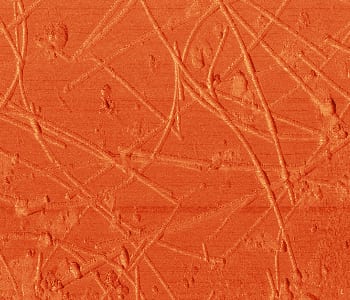
Graphene as a building block for flexible touchscreens
Graphene-treated nanowires could soon replace current touchscreen technology, reducing production costs and allowing for more affordable, flexible displays.










